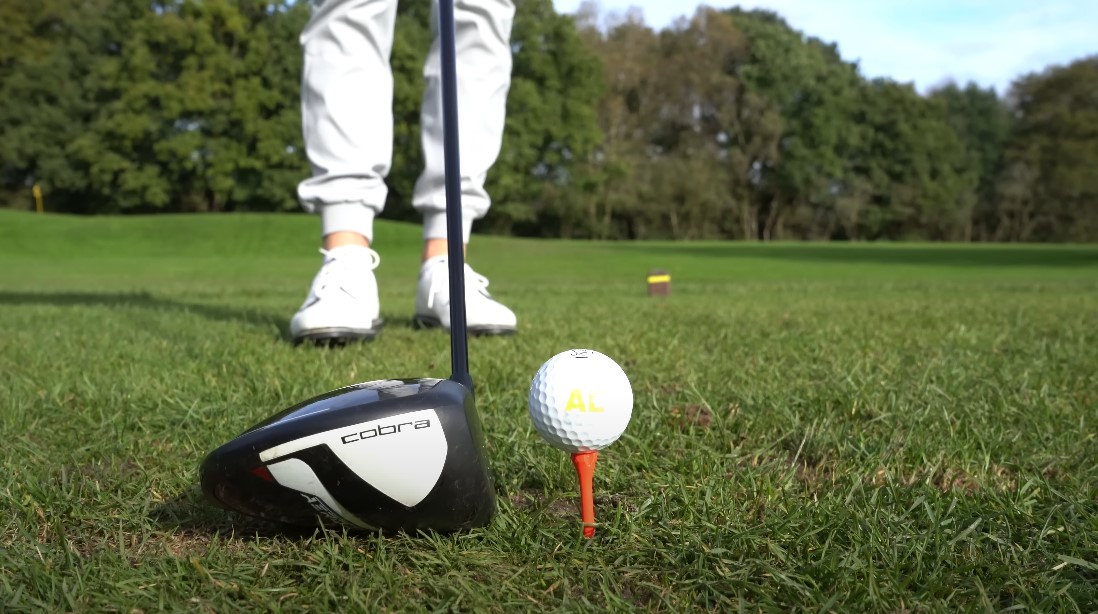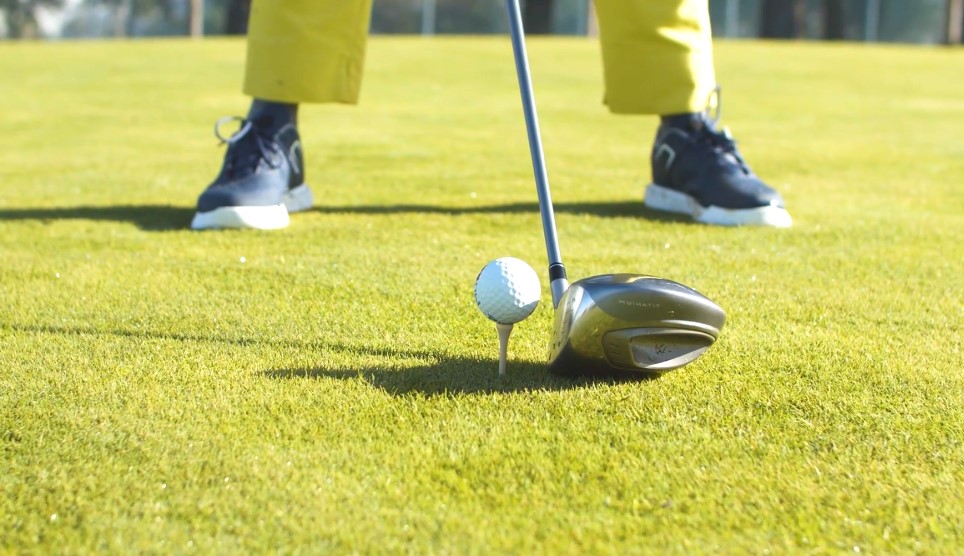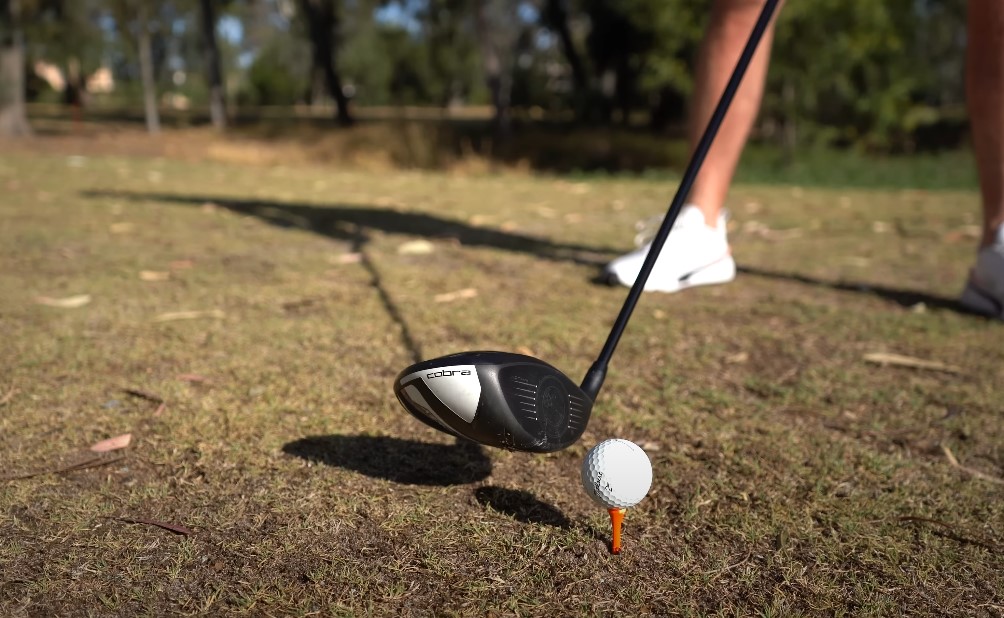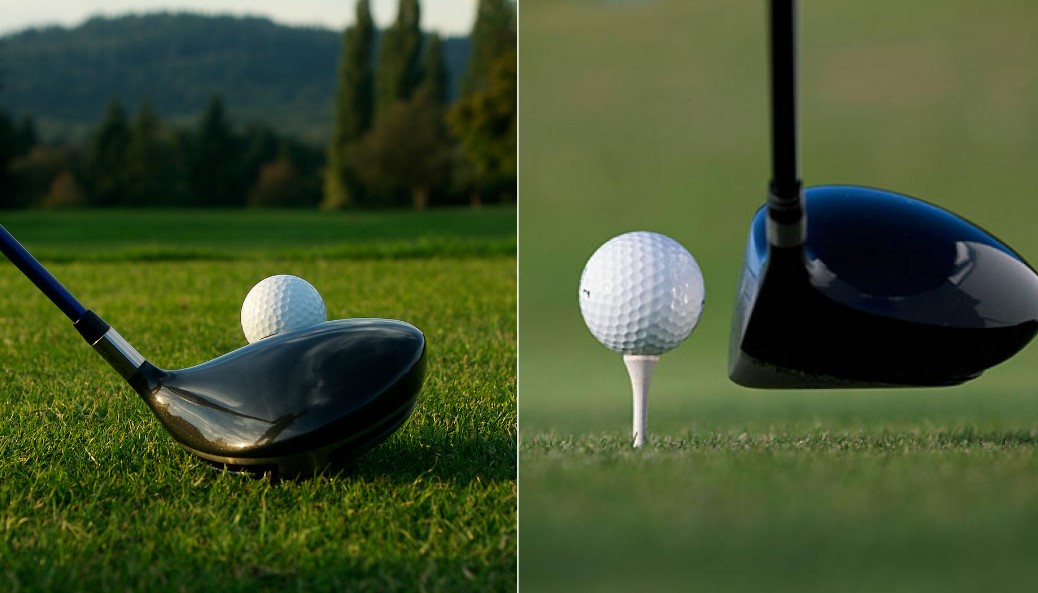Golf is one of those games where even the smallest details can make a huge difference. You’ve probably heard the debate about whether to hover or ground your driver before swinging—it’s one of those little things that can drive golfers a bit nuts.
I mean, who would’ve thought that something as simple as how you hold your club before hitting the ball could have such a big impact, right? But here’s the deal: it really does matter. In this article, I’ll walk you through both techniques and help you figure out which one might become your new favorite.
What Does It Mean to Hover or Ground Your Driver?

Grounding your driver is when you rest the clubhead on the ground behind the ball before starting your swing. This is the classic way of doing it and is often what beginners learn first. Grounding the club can give you a sense of stability and help you feel connected to the ground, which can lead to a solid stance and better balance.
Hovering, on the other hand, means keeping the clubhead just off the ground as you get ready to swing. It’s a less common technique and takes a bit more skill since you’re holding the clubhead steady without the ground to help you out.
The Case for Grounding Your Driver

When it comes to improving your golf game, grounding your driver can offer several key advantages that might just give you the edge you’re looking for.
- Better Stability: Grounding your driver can give you a solid, anchored feel, especially if you’re just starting out. With the clubhead resting on the ground, you’re less likely to make accidental movements before you start your backswing.
- Consistent Ball Positioning: Keeping the club grounded helps ensure the ball stays in the right spot relative to the clubhead, which can lead to more consistent shots and fewer mishits.
- Simplified Setup: Grounding the club often makes setting up your shot easier. It naturally helps you align your body, feet, and clubface.
- Handy in Wet Conditions: On wet or soft ground, grounding the club can give you a better feel for the firmness of the terrain, which can be useful when planning your shot.
- More Tension: Sometimes grounding the club can create extra tension in your hands and arms. When you lift the club to start your swing, this tension can make your movement feel stiff or jerky, messing with the smoothness of your swing.
- Risk of Snagging: On uneven ground or in long grass, grounding the club might cause it to snag during the takeaway, throwing off your swing and leading to a poor shot.
- Less Feel for Your Swing: Relying too much on grounding the club can make you overly dependent on the ground for feedback, potentially dulling your awareness of your swing mechanics and the feel of the club in your hands.
The Case for Hovering Your Driver

To maximize your control and fluidity during a golf swing, hovering your driver might just be the game-changer you’ve needed.
- Promotes Relaxation: Hovering the club can help reduce tension in your arms and shoulders. Since you’re not exerting pressure to lift the club from the ground, your muscles remain more relaxed, promoting a smoother, more fluid swing.
- Improved Swing Path: When you hover, the clubhead is already in motion, albeit slightly. This can lead to a more natural, unforced takeaway, encouraging a better swing path and timing.
- Enhanced Awareness: Hovering forces you to maintain control of the club throughout the setup. This heightened awareness can lead to improved focus and a better feel for the club, which can be especially beneficial in maintaining a consistent swing tempo.
- Less Interference: Without the ground to interfere, hovering reduces the risk of the clubhead getting caught in the grass during takeaway. This is particularly advantageous on uneven or tightly mowed fairways.
- Increased Complexity: Hovering requires a higher degree of skill and concentration, making it less suitable for beginners. The lack of a stable reference point can make it more challenging to consistently position the ball and clubhead.
- Potential for Drift: Maintaining the clubhead in a hover position can lead to unintentional movement or drift, which might affect the alignment of the shot, especially pure iron shot.
- Less Ground Feedback: Unlike grounding, hovering offers no tactile feedback from the ground. For golfers who rely on this sensation for their setup, hovering can feel unfamiliar and unsettling.
How to Experiment with Both Techniques
If you’re uncertain about which method might work best for you, experimenting on the driving range is a great way to explore both techniques. Here’s a simple guide to get you started:
Step 1: Warm-Up
Start with your usual warm-up routine to get your muscles loose and your mind focused. Take some time to hit a few shots with a different club, like a mid-iron, to find your rhythm.
Step 2: Grounding Practice
Address the ball as you normally would, grounding the driver behind it. Focus on your swing and note how it feels. Pay attention to your balance, the ease of takeaway, and the consistency of your shots.
Step 3: Hovering Practice
This time, hover the driver just above the ground as you address the ball. Again, focus on the feeling of your swing. How does hovering influence your takeaway, rhythm, and overall shot execution?
Step 4: Compare and Contrast
Analyze the results of both techniques. Consider which method felt more natural and produced better results. Keep in mind that it’s not just about immediate success but also about what feels sustainable and comfortable for your game in the long run.
Adapting to Different Course Conditions

Your decision to hover or ground your driver can change depending on the course conditions you’re dealing with.
When to Ground:
- Windy Days: If it’s windy, grounding your club can give you that extra bit of stability, helping you feel more anchored before you swing.
- Uneven Lies: When you’re dealing with uneven ground, grounding the club can help you get a better feel for the slope, so you can adjust your stance and swing accordingly.
When to Hover:
- Tight Fairways: On tightly mowed fairways or hard ground, hovering the club can keep the clubhead from bouncing off the surface during your takeaway.
- Heavy Rough: If you’re stuck in the rough, hovering can help prevent the clubhead from getting tangled in the grass, giving you a cleaner, more controlled shot.
Find What Works for You
Ultimately, whether you hover or ground your driver is all about what feels right for you. There’s no universal rule—what works for one golfer might not suit another. The key is to experiment, see how each approach feels, and stick with what gives you the most confidence and consistency.

